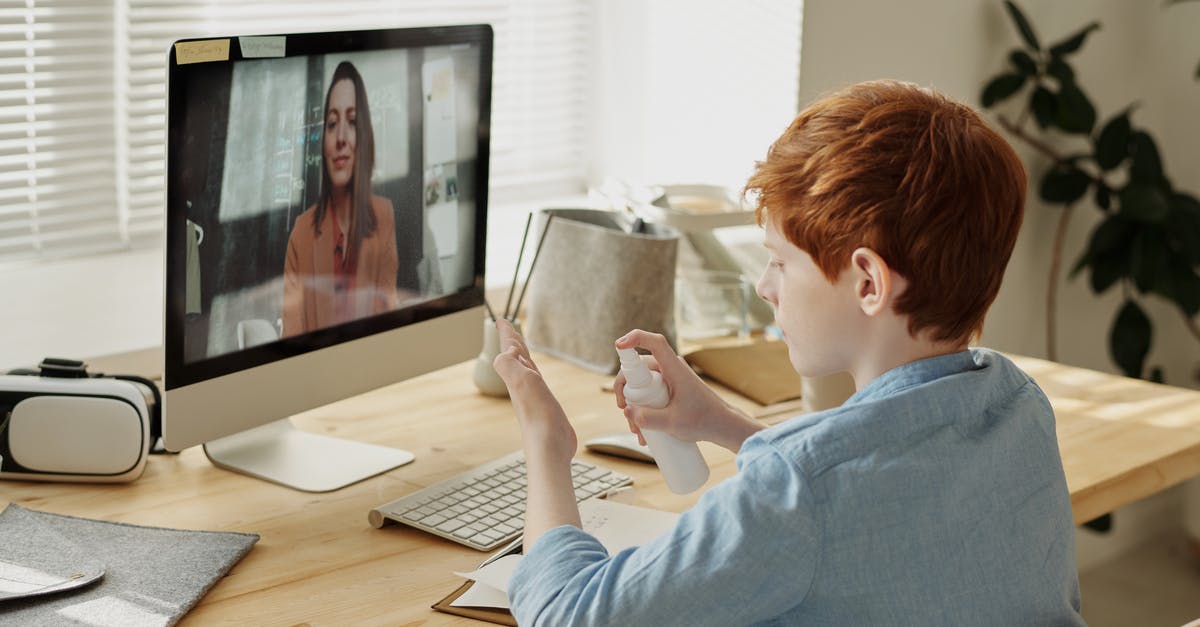Shallow frying safety

I've recently begun shallow frying a lot of chicken in batter - which have been turning out perfectly tasty for what I need them for.
However, frying with more than a splash of oil is scaring me - especially in my rented appartment where a fire would be extremely serious. Without regard to how these practices affect the quality of my cooking; how safe are the following:
Shallow frying in a deep-sided saute pan, with ~2cm of oil
Overcrowding the food in the oil
Continuing to use the same oil, even when it's starting to fill with lumps of burnt food
Not refilling the oil when it starts to run low
Refilling the oil when it starts to run low, in the middle of cooking
Stirring the food I'm shallow frying
Using a high heat when frying (level of heat you'd use for cooking steak)
Covering the pan with concentrated dish-soap once I'm finished cooking
Best Answer
Any fat can self-ignite at sufficiently high temperature, so your fear is in principle not unfounded – however, all common cooking fat/oil have a kindling temperature high enough that it should never be reached during normal shallow-frying. In particular, as long as you have any significant amount of moist food in the pan, evaporation will prevent the temperature from going much above 100°C. I.e., the more food you have in the pan the safer it gets, actually.
At lower temperatures, oil is hard to ignite, unless soaked into fibrous material. So especially refilling the oil in the middle of cooking is generally safe.
Stirring the food often required, and not unsafe per se. What can be unsafe is if fat splashes onto hotter surfaces or into a gas burner, but unless you're doing it in an extremely violent manner any splashes should be small enough to not cause disaster.
For e.g. steak, you may as you say need high heat for the right crust, and that can indeed lead you in risky territory: to get to that heat, you need to pre-heat the pan without anything in it, and then the temperature can easily reach autoignition range. Here, for safety:
- Don't use more oil than necessary. 2cm is way too much for frying steak. A layer that just covers the bottom of the pan will do.
- Know your stuff. An infrared thermomenter gives best control, but with some experience you'll already know how long the pan needs to get to a certain temperature at a given setting.
- Be prepared. If the oil does ignite in the pan, first of all don't panic. Next, shut down the stove entirely. If it's a ceran stovetop, carefully slide the pan to the coldest spot on it. Then cover the pan with a lid, with another pan of matching size, or with anything else solid that can't melt. That will cut off the oxygen supply and thus quickly squelch the flame without problems.
Never put water into burning fat, since it will violently expand and spray the flaming oil all around. That's the only thing that could really cause a quick disaster here!
Pictures about "Shallow frying safety"



Quick Answer about "Shallow frying safety"
- Pan correct size and used correctly, not too much fat or over heated.
- Careful choice. ...
- Careful placing in and removal from hot fat.
- Care with fat/oil - use of utensils.
- Operational procedures - e.g. if pan on fire - what should you do to put it out ?
How do you shallow fry safely?
How to fry \u2013 Shallow frying as a basic cooking methodWhat are the risks of shallow frying?
Studies have shown that margarine, virgin olive oil and similar cooking oils oxidize and destabilize substantially when they are shallow-fried, especially when compared to oils used during baking. In turn, a large amount of heat-sensitive nutrients may degrade and antioxidant properties are lost.Is shallow frying a healthy cooking method?
Fried foods have gotten a reputation for being unhealthy, however, since Shallow fried foods are exposed to less oil they are more likely to absorb less oil and thus can be considered the healthier of the two options. Shallow frying quickly seals the surface of the food from oil and cooks the food.What are 3 safety measures that are important things to remember when frying?
- Use oil with a high smoke point. ...
- Use a large, wide, sturdy pan. ...
- Make sure you have a well-fitting lid close to hand in case the oil catches fire. ...
- Check the temperature of your oil. ...
- Never put wet food in the fryer.
Deep Frying at Home is a GREAT IDEA | A response to Adam Ragusea
More answers regarding shallow frying safety
Answer 2
There are a lot of issues contained in your question. Most of your statements impact quality, rather than safety, and the last one appears to be about cleaning. In terms of safety, not refilling the oil if the pan goes dry could lead to burning and a fire. Stirring could splash grease, which could catch fire. I would not recommend high heat, as this could also be a danger, potentially leading to a fire.
If you want more specific advice about shallow frying, search the site and post individual questions...or perhaps a question about how to best shallow fry a specific product (if it is not already addressed on the site.
Sources: Stack Exchange - This article follows the attribution requirements of Stack Exchange and is licensed under CC BY-SA 3.0.
Images: Julia M Cameron, Julia M Cameron, Polina Tankilevitch, MART PRODUCTION
